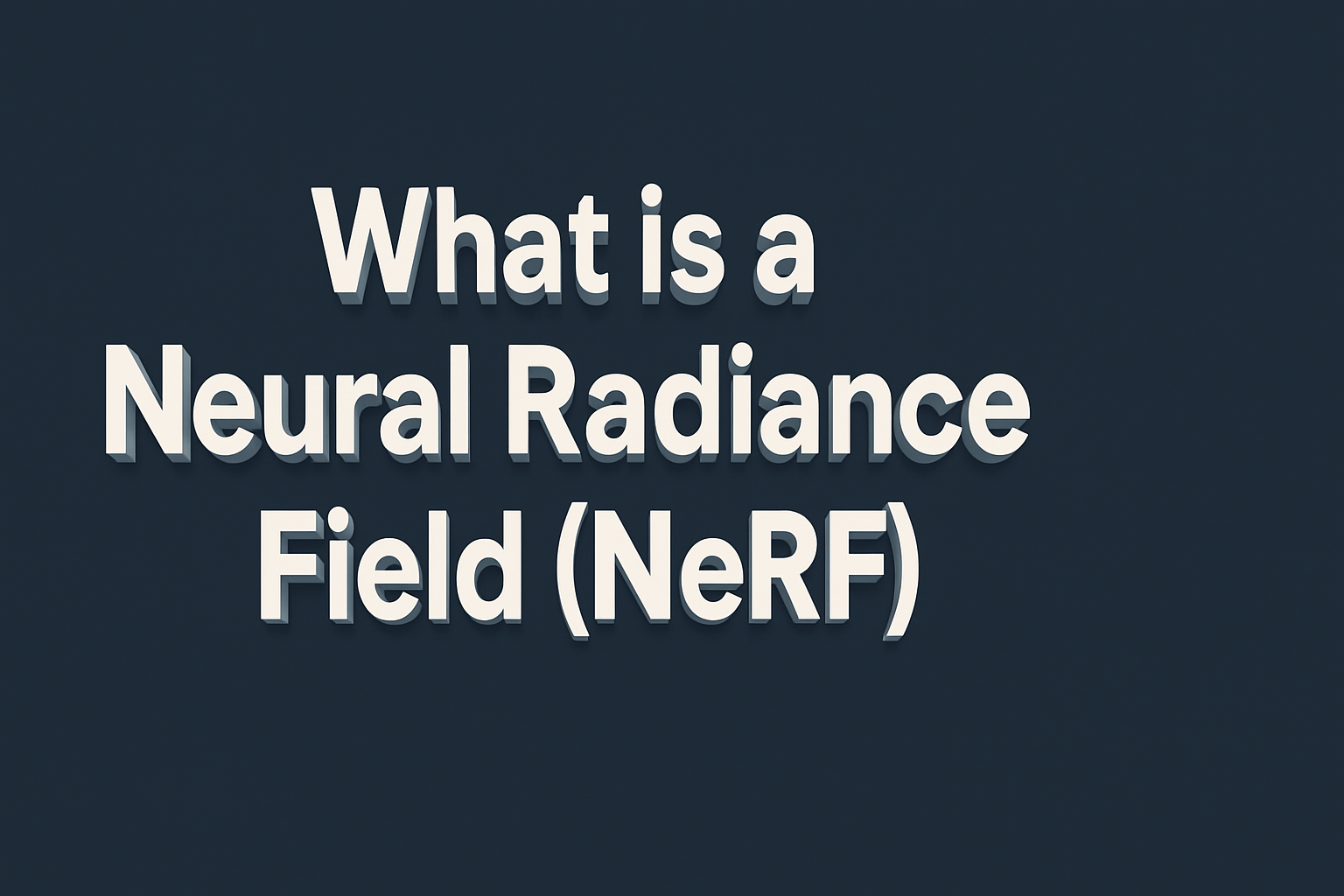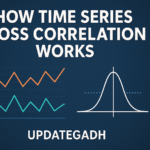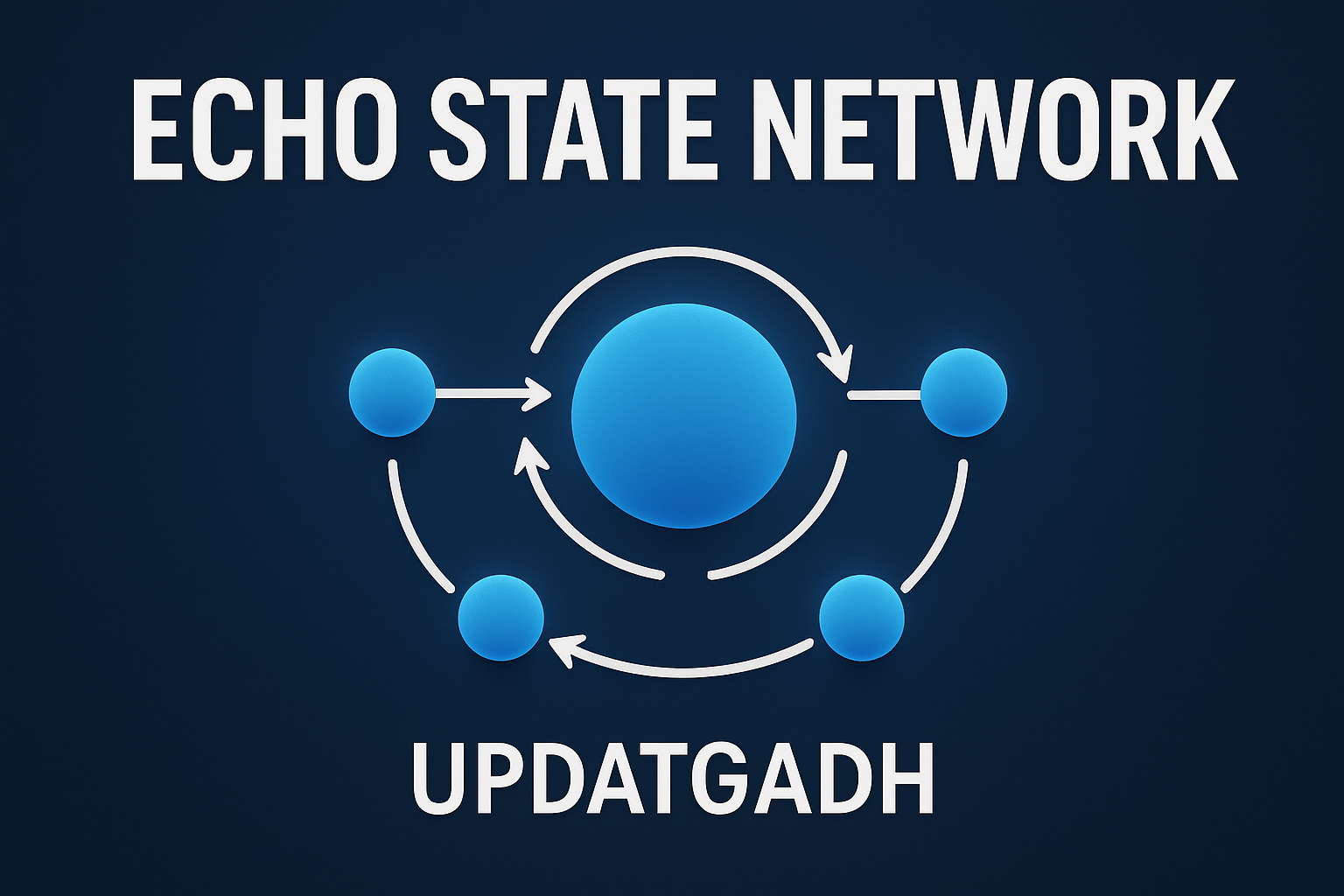

What is a Neural Radiance Field (NeRF)
What is a Neural Radiance Field (NeRF)
Introduction
In the evolving field of photogrammetry and 3D scene reconstruction, Neural Radiance Fields (NeRF) have emerged as a groundbreaking innovation.NeRF was first presented in 2020 and uses deep learning to create incredibly lifelike 3D sceneries from a set of 2D images. Unlike traditional 3D modeling approaches that rely on explicit geometry like meshes or point clouds, NeRF implicitly learns the scene structure by training a neural network to represent it.
At its core, NeRF trains a neural network to estimate color and volumetric density at any point in 3D space by consuming a set of 2D images along with their camera parameters. By optimizing the network based on these images, it generates a continuous volumetric representation of the scene that can be rendered from novel viewpoints, resulting in photorealistic output.
This technology holds tremendous potential in fields like augmented reality, virtual reality, robotics, gaming, and cinematic production, where accurate scene representation is crucial. What sets NeRF apart is its ability to reconstruct intricate scenes with fine details, using relatively fewer images. However, its computational demands and limitations with dynamic content remain areas of active research.
Machine Learning Tutorial:-Click Here
Data Science Tutorial:-Click Here
Complete Advance AI topics:-CLICK HERE
DBMS Tutorial:-CLICK HERE
How NeRF Works
Neural Radiance Fields operate through a structured pipeline involving multiple stages, from input data preparation to image rendering. Here’s how the process unfolds:
1. Input Data Preparation
NeRF begins with a collection of 2D images taken from various viewpoints around a scene. Along with these images, the exact camera parameters—including position and orientation—are provided. This multi-view dataset allows the model to understand the spatial arrangement of objects within the scene.
2. Neural Network Architecture
A fully connected deep neural network, usually a multi-layer perceptron (MLP), forms the basis of NeRF. Two forms of input are received by this network:
- A 3D coordinate representing a point in space.
- A 2D viewing direction from the camera.
For each input pair, the network predicts:
- Color (RGB values): Representing the emitted or reflected light.
- Density: Representing how much light is absorbed or scattered at that point.
3. Positional Encoding
To effectively capture high-frequency details, NeRF uses a technique called positional encoding. It transforms the input coordinates and viewing directions using sinusoidal functions (also known as Fourier features). This allows the network to learn fine-grained spatial variations and sharp visual features more efficiently.
4. Volumetric Rendering
A crucial step in the rendering pipeline is volumetric rendering. For each pixel in the final image, a ray is cast from the camera into the scene. The neural network predicts color and density at sampled points along this ray. These values are then integrated using a process called ray marching, which simulates how light interacts with objects in the scene. The integration results in the final pixel color, creating realistic images.
5. Training and Optimization
The network is trained using a loss function, typically Mean Squared Error (MSE), that compares the rendered images with the actual input images. During training, the network’s weights are adjusted using backpropagation and gradient descent to minimize the error. This iterative optimization helps the model generate increasingly accurate outputs.
6. Generating Novel Views
Once trained, the NeRF model can synthesize new views of the scene from arbitrary camera angles, even those not present in the training data. This is possible because the scene is learned as a continuous function, enabling smooth interpolation between viewpoints.
Components of the NeRF Model
1. Input Images and Camera Parameters
The input consists of multiple high-quality 2D images captured from different perspectives. These images must be paired with precise camera metadata, which guides the model in mapping the visual information to 3D space.
2. Multi-Layer Perceptron (MLP)
The neural network in NeRF is a deep MLP that processes encoded inputs to output per-point color and density. This continuous representation enables fine control over scene rendering.
3. Positional Encoding
By applying sinusoidal transformations to the inputs, positional encoding allows the network to handle complex textures, lighting variations, and sharp edges in the images.
4. Volumetric Rendering Engine
The rendering engine simulates light accumulation along rays passing through the scene, calculating the final color values for each pixel. This allows NeRF to produce realistic effects such as shadows, reflections, and translucency.
5. Optimization Techniques
During training, MSE loss is minimized to improve the accuracy of rendered views. This is supported by high-performance hardware and efficient memory management, which are critical due to the computational complexity involved.
Applications of NeRF
NeRF’s unique capabilities are transforming several industries by enabling accurate, flexible, and efficient 3D scene reconstruction.
1. Film and Animation
In visual storytelling, NeRF simplifies the creation of realistic environments and digital backdrops. Its automation reduces manual effort, enabling filmmakers to generate virtual scenes that blend seamlessly with live-action footage.
2. 3D Scene Reconstruction
For cultural heritage, archaeology, or architecture, NeRF can recreate accurate 3D models of historical sites and artifacts using photographic data. This enables preservation and digital exploration of fragile or inaccessible objects.
3. Gaming
In video games, NeRF is being explored for generating lifelike game environments and characters. Its ability to render dynamic scenes with realistic lighting effects enhances immersion and visual fidelity.
4. Architectural Visualization
Designers and architects use NeRF to convert real-world photos into immersive 3D models of buildings and interiors. This helps clients visualize spatial layouts and design concepts more effectively.
5. Robotics and Autonomous Navigation
NeRF can help robots and autonomous systems understand their surroundings by constructing detailed 3D maps. This is particularly valuable for drones, autonomous vehicles, and robotic exploration in unknown terrains.
Challenges and Limitations
Despite its promise, NeRF is still maturing, and several challenges remain:
1. High Computational Demand
Training a NeRF model requires powerful GPUs and significant time. This computational cost limits its use in real-time or resource-constrained applications.
2. Slow Rendering Speed
Even after training, rendering novel views is computationally expensive due to the need to evaluate numerous points along each ray. This makes it less suitable for real-time use in gaming or simulations.
3. Memory Usage
Handling high-resolution images and detailed scenes can lead to large memory requirements, making deployment on mobile or embedded devices difficult.
4. Static Scene Assumption
NeRF performs best on static scenes. Dynamic environments with moving objects or changing lighting remain challenging, though research is progressing in this area.
5. Data Requirements
The quality of NeRF outputs depends heavily on the input data. Poorly distributed or low-quality images can result in incomplete or inaccurate 3D reconstructions.
6. Limited Generalization
A NeRF model trained on one scene typically cannot be reused for another without retraining. This scene-specific nature limits its flexibility across diverse environments.
Complete Python Course with Advance topics:-Click Here
SQL Tutorial :–Click Here
Download New Real Time Projects :–Click here
Conclusion
Neural Radiance Fields represent a significant leap in 3D rendering and scene reconstruction. With their ability to generate photo-realistic images from a sparse set of 2D photos, NeRF models are reshaping industries ranging from film production to autonomous robotics.
While current limitations in speed, memory usage, and dynamic scene handling remain, rapid research advancements are addressing these hurdles. As hardware capabilities improve and more efficient algorithms are developed, NeRF’s potential will continue to expand—opening new doors in visual computing and digital storytelling.
Stay connected with UpdateGadh for more deep dives into emerging technologies shaping the future.
nerf: representing scenes as neural radiance fields for view synthesis
neural radiance fields github
neural radiance fields paper
neural radiance fields app
neural radiance fields vs gaussian splatting
neural radiance fields video
nerf paper
nerf–: neural radiance fields without known camera parameters
google scholar
luma ai










Post Comment